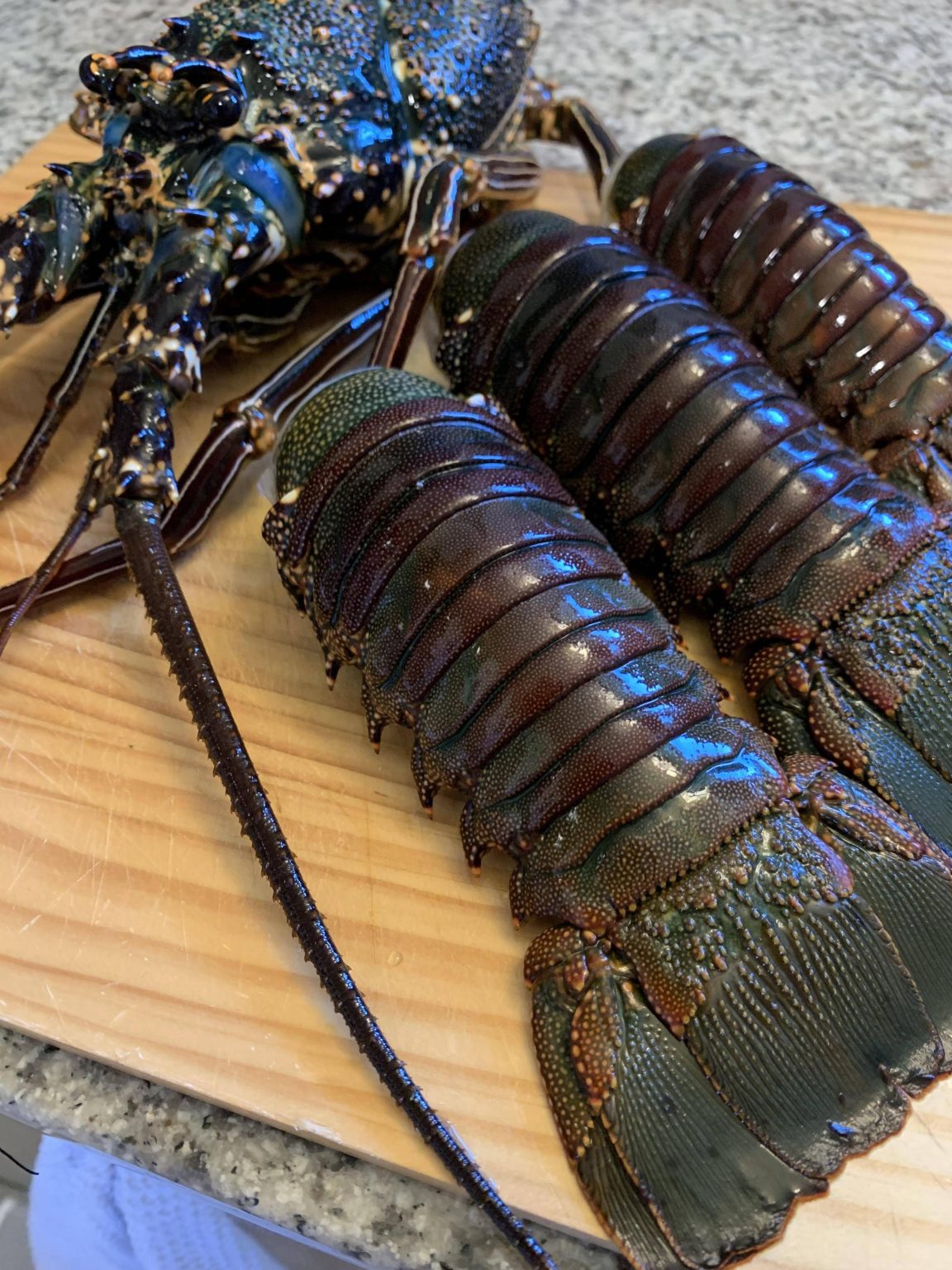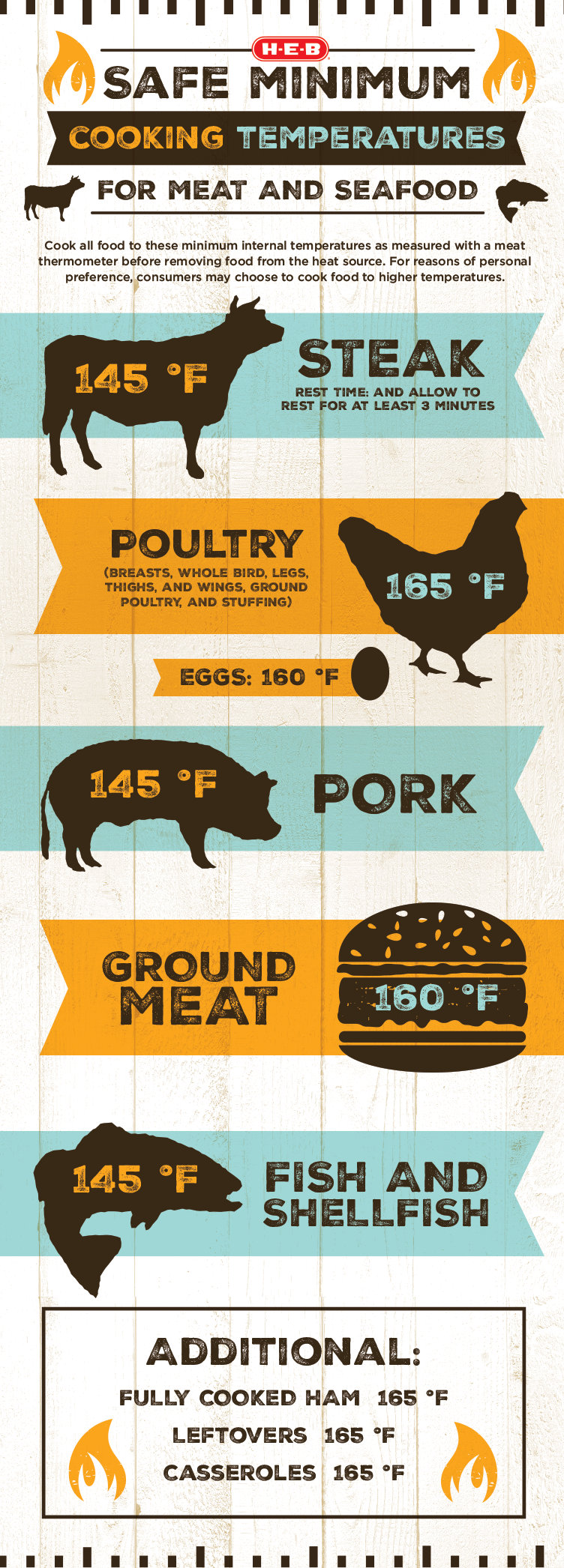Master Lobster Cooking: Uncover The Ideal Minimum Internal Temperature
What is the minimum internal temperature for lobster? The minimum internal temperature for cooked lobster is 145F (63C) as recommended by the FDA. This temperature ensures that the lobster is safe to eat and that any harmful bacteria have been killed.
The internal temperature of the lobster can be measured using a meat thermometer. Insert the thermometer into the thickest part of the lobster tail, avoiding the shell. The lobster is cooked when the thermometer reads 145F (63C).
Cooking lobster to the proper internal temperature is important for both safety and quality. Undercooked lobster may contain harmful bacteria, while overcooked lobster will be tough and chewy.
- Vegamovies 29 Netflix The Ultimate Streaming Experience You Didnrsquot Know You Needed
- Discover The Height Of Nba Icon Lebron James In Feet
Minimum Internal Temp for Lobster
The minimum internal temperature for cooked lobster is 145F (63C), as recommended by the FDA. This temperature ensures that the lobster is safe to eat and that any harmful bacteria have been killed.
- Safety: Cooking lobster to the proper internal temperature is important to prevent foodborne illness.
- Quality: Undercooked lobster may be tough and chewy, while overcooked lobster will be dry and flavorless.
- Convenience: Using a meat thermometer to measure the internal temperature of the lobster ensures that it is cooked to the desired doneness.
- Health: Eating properly cooked lobster provides essential nutrients, such as protein, omega-3 fatty acids, and vitamins.
- Tradition: Cooking lobster to the minimum internal temperature has been a culinary tradition for centuries.
In addition to these key aspects, it is also important to consider the following when cooking lobster:
- Cooking method: Lobster can be boiled, steamed, grilled, or roasted.
- Cooking time: The cooking time will vary depending on the size of the lobster and the cooking method used.
- Resting time: Allow the lobster to rest for a few minutes before eating to allow the juices to redistribute.
By following these guidelines, you can ensure that your lobster is cooked to perfection every time.
- Is Pamela Koslow Still Alive Today Discover The Truth
- Where Are The Kardashians From Family Roots Origins
Safety
Cooking lobster to the proper internal temperature is essential to prevent foodborne illness. Lobster meat can harbor harmful bacteria, such as Vibrio parahaemolyticus, which can cause gastroenteritis. Symptoms of gastroenteritis include nausea, vomiting, diarrhea, and abdominal pain.
- Bacteria and Foodborne Illness: Vibrio parahaemolyticus is a type of bacteria that can cause foodborne illness. It is found in raw or undercooked seafood, including lobster.
- Internal Temperature and Bacteria: Cooking lobster to the proper internal temperature of 145F (63C) kills harmful bacteria, including Vibrio parahaemolyticus.
- Symptoms of Foodborne Illness: Symptoms of foodborne illness from Vibrio parahaemolyticus can include nausea, vomiting, diarrhea, and abdominal pain.
- Prevention: Cooking lobster to the proper internal temperature is the best way to prevent foodborne illness from Vibrio parahaemolyticus.
By following these guidelines, you can help to prevent foodborne illness and enjoy your lobster safely.
Quality
Cooking lobster to the proper internal temperature is essential for achieving the best quality and taste. Undercooked lobster meat can be tough and chewy, while overcooked lobster meat will be dry and flavorless.
- Texture: The texture of lobster meat is determined by the amount of time it is cooked. Undercooked lobster meat will be tough and chewy, while overcooked lobster meat will be dry and flavorless.
- Flavor: The flavor of lobster meat is also affected by the cooking time. Undercooked lobster meat will have a bland flavor, while overcooked lobster meat will have a strong, fishy flavor.
- Juiciness: The juiciness of lobster meat is also important for quality. Undercooked lobster meat will be dry and lack flavor, while overcooked lobster meat will be tough and chewy.
- Appearance: The appearance of lobster meat is also affected by the cooking time. Undercooked lobster meat will be pale and translucent, while overcooked lobster meat will be opaque and white.
By cooking lobster to the proper internal temperature, you can ensure that the meat is cooked to perfection and has the best possible texture, flavor, juiciness, and appearance.
Convenience
Using a meat thermometer to measure the internal temperature of the lobster is a convenient way to ensure that it is cooked to the desired doneness. This is especially important for lobster, as it can be difficult to tell when it is cooked through simply by looking at it.
The minimum internal temperature for lobster is 145F (63C). Cooking lobster to this temperature ensures that all of the harmful bacteria have been killed and that the meat is safe to eat. However, cooking lobster to a higher temperature can make the meat tough and chewy. Therefore, it is important to use a meat thermometer to ensure that the lobster is cooked to the desired doneness without overcooking it.
There are a number of different types of meat thermometers that can be used to measure the internal temperature of lobster. The most common type is a digital meat thermometer. Digital meat thermometers are easy to use and provide an accurate reading of the internal temperature of the lobster. Another type of meat thermometer that can be used is an instant-read meat thermometer. Instant-read meat thermometers are very fast and can provide an accurate reading of the internal temperature of the lobster in just a few seconds.
Once you have a meat thermometer, insert it into the thickest part of the lobster tail, avoiding the shell. The lobster is cooked when the thermometer reads 145F (63C).
Using a meat thermometer to measure the internal temperature of the lobster is a convenient way to ensure that it is cooked to the desired doneness. This is especially important for lobster, as it can be difficult to tell when it is cooked through simply by looking at it.
Health
Cooking lobster to the proper internal temperature of 145F (63C) ensures that the meat is safe to eat and that the nutrients are preserved.
- Protein: Lobster is a good source of protein, which is essential for building and repairing tissues.
- Omega-3 fatty acids: Lobster is also a good source of omega-3 fatty acids, which are important for heart health and brain function.
- Vitamins: Lobster is a good source of vitamins, including vitamin B12, vitamin D, and niacin.
By eating properly cooked lobster, you can reap the benefits of these essential nutrients.
Tradition
Cooking lobster to the minimum internal temperature of 145F (63C) has been a culinary tradition for centuries, passed down through generations of chefs and home cooks alike. This tradition is rooted in both safety and flavor considerations, as cooking lobster to the proper temperature ensures that it is safe to eat while preserving its delicate flavor and texture.
- Food Safety: Cooking lobster to the minimum internal temperature of 145F (63C) kills harmful bacteria that may be present in the meat, making it safe to eat. This has been a cornerstone of culinary tradition for centuries, ensuring the well-being of those who consume lobster.
- Flavor and Texture: Cooking lobster to the minimum internal temperature also helps to preserve its delicate flavor and texture. Overcooking lobster can make the meat tough and chewy, while undercooking it can leave it with a raw, unpalatable texture. By cooking lobster to the proper temperature, chefs and home cooks can ensure that it is both safe to eat and enjoyable to consume.
- Cultural Significance: The tradition of cooking lobster to the minimum internal temperature has also taken on cultural significance in many parts of the world. In some cultures, lobster is seen as a delicacy, and cooking it to the proper temperature is considered a sign of respect for the and the tradition itself.
- Modern Adaptations: While the tradition of cooking lobster to the minimum internal temperature has been passed down for centuries, modern cooking techniques and tools have allowed for some adaptations to this tradition. For example, the use of sous vide cooking allows chefs to cook lobster to a precise temperature, ensuring that it is cooked evenly throughout without overcooking.
In conclusion, the tradition of cooking lobster to the minimum internal temperature of 145F (63C) is a culinary practice that has been passed down for centuries due to its importance for food safety, flavor, texture, and cultural significance. While modern cooking techniques have allowed for some adaptations to this tradition, the core principles remain the same, ensuring that lobster is cooked to perfection and enjoyed by people around the world.
FAQs on Minimum Internal Temperature for Lobster
The minimum internal temperature for cooked lobster is 145 degrees Fahrenheit (63 degrees Celsius) to ensure food safety and optimal quality.
Question 1: Why is it important to cook lobster to the minimum internal temperature?
Answer: Cooking lobster to the minimum internal temperature of 145F (63C) kills harmful bacteria that may be present in the meat, making it safe to eat.
Question 2: What happens if I overcook lobster?
Answer: Overcooking lobster can make the meat tough, chewy, and dry. It is important to cook lobster to the minimum internal temperature and avoid overcooking.
Summary: Cooking lobster to the minimum internal temperature of 145F (63C) is essential for food safety and to ensure the best possible quality and taste. Always use a meat thermometer to accurately measure the internal temperature to achieve perfectly cooked lobster.
Conclusion on Minimum Internal Temperature for Lobster
Cooking lobster to the minimum internal temperature of 145F (63C) is crucial for both safety and quality. By following this guideline, you can ensure that your lobster is cooked to perfection, free from harmful bacteria, and has the best possible texture and flavor.
Remember to use a meat thermometer to accurately measure the internal temperature and avoid overcooking. Enjoy your delicious and safely cooked lobster!
- Discover The Unstoppable Force Cast Van Banshee
- Uncover The Meaning Behind I Wanna Dance With Somebody A Lyric Analysis

Minimum Internal Cooking Temp for Whole Lobster A Guide Healing Picks

How to Cook Lobster Tails Boil, Bake, Broil, Steam and Grill

download meat cooking temperature infographic